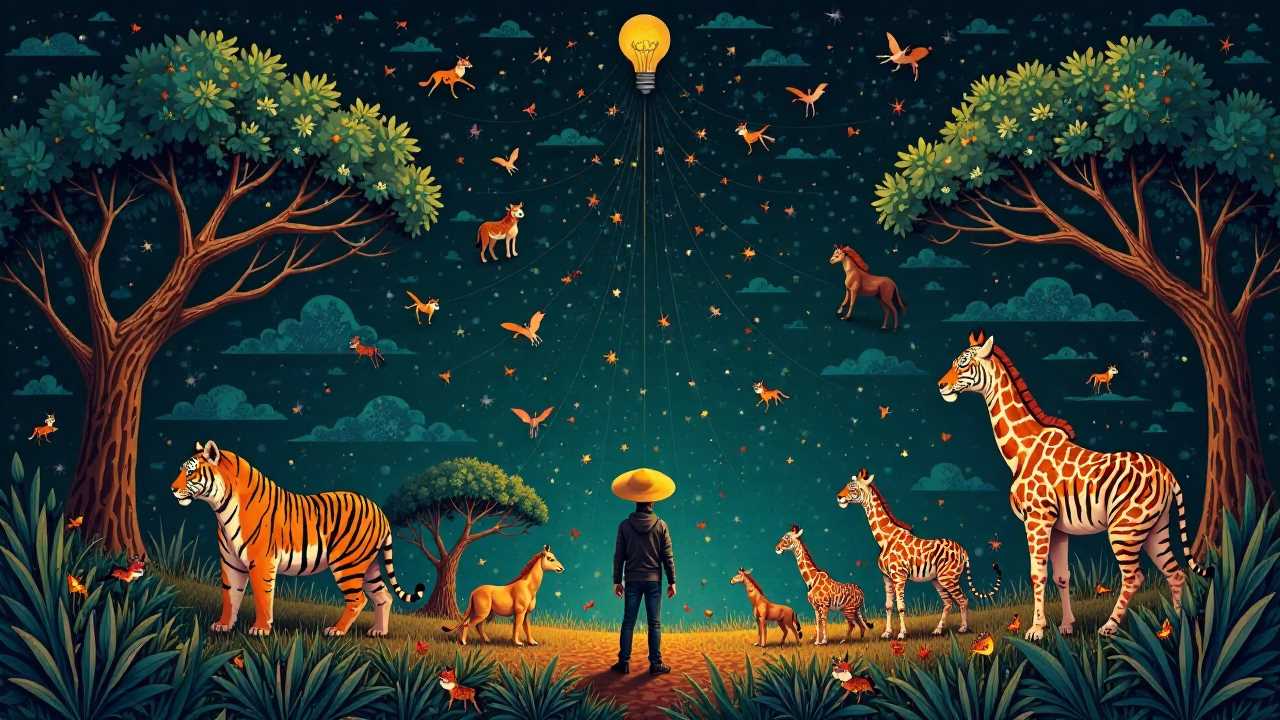
The Role of Wildlife Conservation Photography in Protecting Biodiversity
Wildlife conservation photography serves as a powerful tool in the fight to protect our planet's biodiversity. Through stunning imagery, photographers can showcase the beauty and complexity of various species and their habitats, raising awareness about the urgent need for conservation efforts. The visual impact of these photographs often resonates with audiences on an emotional level, prompting them to take action in support of wildlife preservation. By capturing the intricate details of animal behavior and their environments, photographers play a vital role in educating the public about the delicate balance of ecosystems and the threats they face.
Understanding Ecosystems Through the Lens
Ecosystems are intricate networks of living organisms and their physical environments, and wildlife conservation photography provides a unique perspective on these relationships. Each photograph tells a story about the interconnectedness of species, illustrating how they rely on one another for survival. For instance, a photograph of a predator hunting its prey not only highlights the beauty of the animal but also emphasizes the role it plays in maintaining the health of its ecosystem. By documenting these interactions, photographers contribute to a greater understanding of the dynamics within ecosystems, fostering a sense of responsibility for their protection.
Highlighting Endangered Species and Their Habitats
One of the most critical aspects of wildlife conservation photography is its ability to shine a light on endangered species and their habitats. With many species facing extinction due to habitat loss, poaching, and climate change, powerful imagery can serve as a call to action. Photographers often venture into remote locations to capture images of these vulnerable animals in their natural habitats, showcasing the urgency of conservation efforts. By bringing attention to the plight of endangered species, wildlife photographers can inspire individuals and organizations to support initiatives aimed at preserving these animals and their ecosystems.
The Importance of Sustainability in Wildlife Conservation Photography
Sustainability is a core principle in wildlife conservation photography. Photographers must approach their work with a commitment to ethical practices that minimize their impact on the environment. This includes respecting wildlife by maintaining a safe distance, avoiding disturbances to their natural behaviors, and adhering to guidelines set by conservation organizations. By promoting sustainable practices, photographers not only protect the subjects of their work but also set an example for others in the industry. This commitment to sustainability is essential for ensuring that future generations can continue to appreciate the beauty of wildlife and the ecosystems they inhabit.
Ethology: Capturing Animal Behavior Through Photography
Ethology, the study of animal behavior, is a significant focus in wildlife conservation photography. Understanding the behaviors of different species allows photographers to capture moments that reveal their natural instincts and interactions. Whether it’s a mother nurturing her young or a group of animals engaging in social behaviors, these images provide valuable insights into the lives of wildlife. By documenting these behaviors, photographers contribute to the body of knowledge surrounding ethology, aiding researchers and conservationists in their efforts to protect species and their habitats.
Advocacy Through Visual Storytelling
Wildlife conservation photography is not just about taking beautiful pictures; it is a form of visual storytelling that advocates for the protection of our planet. Each photograph has the potential to spark conversations about conservation issues, encouraging viewers to reflect on their relationship with nature. Photographers often collaborate with conservation organizations to create campaigns that utilize their images to promote awareness and drive change. By harnessing the power of visual storytelling, wildlife photographers can inspire action and foster a deeper connection between people and the natural world.
The Future of Wildlife Conservation Photography
As technology continues to evolve, the future of wildlife conservation photography looks promising. Advancements in camera equipment, drone technology, and editing software allow photographers to capture stunning images that were once unimaginable. Additionally, social media platforms provide a global stage for sharing these images, reaching wider audiences than ever before. This increased visibility can amplify conservation messages and mobilize support for critical initiatives. However, with these advancements comes the responsibility to use them ethically and sustainably, ensuring that the focus remains on protecting wildlife and their habitats.
The Impact of Wildlife Conservation Photography
Wildlife conservation photography is a vital component of efforts to protect our planet's biodiversity and ecosystems. By capturing the beauty and fragility of wildlife, photographers play an essential role in raising awareness and advocating for conservation. Through their work, they highlight the importance of sustainability, ethical practices, and the study of animal behavior, contributing to a greater understanding of the natural world. As we move forward, it is imperative that we continue to support and celebrate the work of wildlife photographers, recognizing their invaluable contributions to conservation efforts and the preservation of our planet's rich biodiversity.
 Business & FinanceHealth & MedicineTechnologyLifestyle & CultureScience & EnvironmentWorld NewsPrivacy PolicyTerms And Conditions
Business & FinanceHealth & MedicineTechnologyLifestyle & CultureScience & EnvironmentWorld NewsPrivacy PolicyTerms And Conditions
